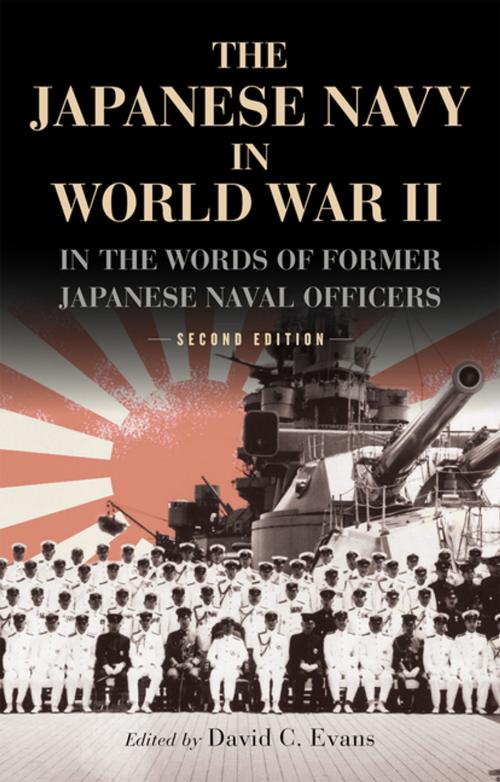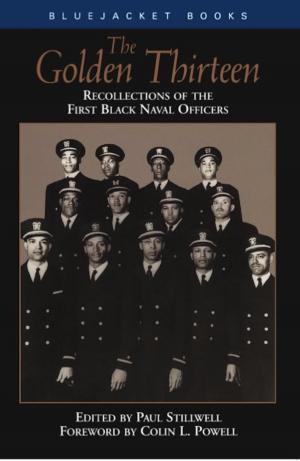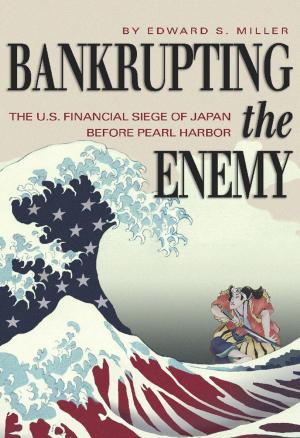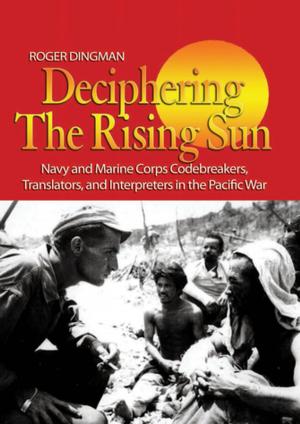| Author: | ISBN: | 9781682472149 | |
| Publisher: | Naval Institute Press | Publication: | February 15, 2017 |
| Imprint: | Naval Institute Press | Language: | English |
| Author: | |
| ISBN: | 9781682472149 |
| Publisher: | Naval Institute Press |
| Publication: | February 15, 2017 |
| Imprint: | Naval Institute Press |
| Language: | English |
Top-ranking Japanese officers offer their personal perspectives of the Pacific War. Lauded by historians and World War II buffs eager for the Japanese viewpoint, this collection of essays makes significant contributions to the field of World War II literature. This second edition, originally published in 1986, adds five articles to the original twelve to provide a full picture of the Japanese’s navy’s role in the war. Most of these moving accounts were written in the 1950s and retain the immediacy felt by the writers when they participated in the events. They provide valuable information on the strategy, tactics, and operations of the Japanese fleet, as well as insights into the personalities and motives of its leaders. Here, Vice Admiral Shigeru Fukudome comes to grips with allegations that the assault on Pearl Harbor represented strategic folly, political blundering, and tactical stupidity. Captain Mitsuo Fuchida describes how his bombing group unleashed “devils of doom” on Battleship Row, and Mitsuru Yoshida gives an eye-witness account of the sinking of the famous battleship Yamato. The new contributions to the volume, translated especially for this book by the editor, discuss operations in the Indian Ocean, the battle of the Philippine Sea, the protection of merchant shipping, submarine warfare, and Japan’s overll naval strategy. A brief introduction precedes each essay to set it in historical context, and a biographical summary of each contributor is included. A striking collection of photographs and maps, many of which are new to this edition, augment the text.
Top-ranking Japanese officers offer their personal perspectives of the Pacific War. Lauded by historians and World War II buffs eager for the Japanese viewpoint, this collection of essays makes significant contributions to the field of World War II literature. This second edition, originally published in 1986, adds five articles to the original twelve to provide a full picture of the Japanese’s navy’s role in the war. Most of these moving accounts were written in the 1950s and retain the immediacy felt by the writers when they participated in the events. They provide valuable information on the strategy, tactics, and operations of the Japanese fleet, as well as insights into the personalities and motives of its leaders. Here, Vice Admiral Shigeru Fukudome comes to grips with allegations that the assault on Pearl Harbor represented strategic folly, political blundering, and tactical stupidity. Captain Mitsuo Fuchida describes how his bombing group unleashed “devils of doom” on Battleship Row, and Mitsuru Yoshida gives an eye-witness account of the sinking of the famous battleship Yamato. The new contributions to the volume, translated especially for this book by the editor, discuss operations in the Indian Ocean, the battle of the Philippine Sea, the protection of merchant shipping, submarine warfare, and Japan’s overll naval strategy. A brief introduction precedes each essay to set it in historical context, and a biographical summary of each contributor is included. A striking collection of photographs and maps, many of which are new to this edition, augment the text.















